The model of day-stay or long-term nursing home apartments integrating medical , entertainment and sports facilities right in modern residential areas promises to have a lot of potential for exploitation.
Trends in developed countries
The number of older people in the world is growing at an unprecedented rate. The United Nations Population Fund estimates that by 2050, one in six people will be over the age of 65 – equivalent to 1.5 billion people. As a result, aging is considered the most important change in the global population of the 21st century.
In the medical records of the elderly, cancer, cardiovascular disease, diabetes, chronic respiratory diseases, dementia, and stroke are the most common diagnoses.
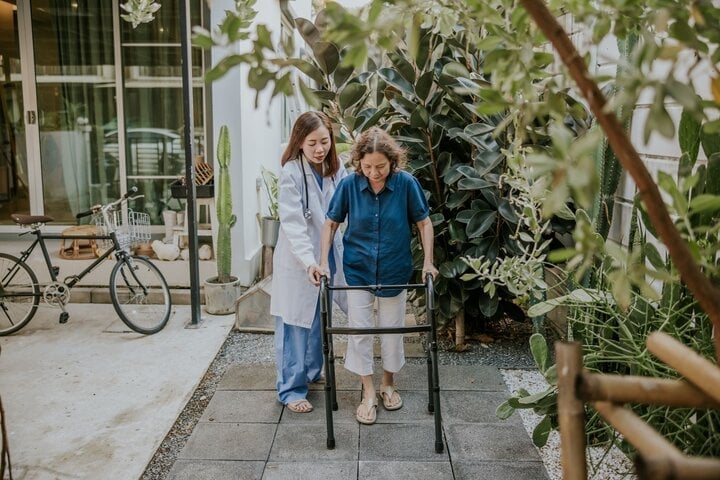
Vietnam needs high-quality elderly care facilities.
The risk of disability also increases with age with difficulties in walking, hearing, seeing, remembering, and self-care, leading to an increasing need for medical examination and treatment, care, and support for the elderly. In addition, the elderly also have the need for companionship, participation in sports , entertainment, and artistic activities, etc.
To meet these needs, countries have their own policies. For example, in the US, in addition to nursing homes, there are many retirement communities with classroom facilities, hospitals for the elderly, and nursing homes on university campuses.
Or Japan - one of the countries with the oldest population in the world, the Japanese Ministry of Health has decentralized the model of organizing elderly care services. In which, elderly people with complex medical conditions are admitted to hospitals; healthy people or those with simple care needs go to specialized nursing units for day and short-term care, long-term stay, home care or specialized rehabilitation...
Nursing home models are also planned appropriately in potential locations to provide comprehensive care for both physical and mental health of the elderly.
For example, in Nara Prefecture - the former capital of Japan and now a popular tourist destination - the Well Group has built a famous closed miniature medical city. Here, technology and medical solutions are combined to create a healthy and happy living environment until the end of life.
Leading the trend in Vietnam
Among the top 10 countries with the fastest aging population in the world, Vietnam is estimated to have more than 12% of its population over 60 years old. On average, each elderly Vietnamese person suffers from more than three common diseases such as diabetes, high blood pressure, osteoarthritis, Parkinson's, dementia, stroke, cancer, etc.
According to statistics, more than 27% of the elderly need basic assistance such as personal hygiene, dressing, walking, eating and 90% need support in using tools such as mobile phones, means of transportation, etc.
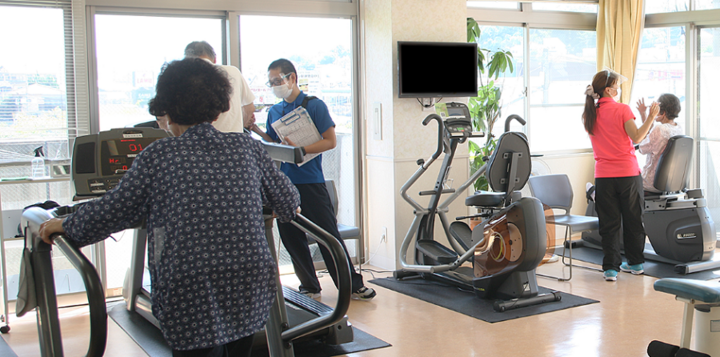
Nursing home model is popular in Japan.
With more than 40 nursing homes and social welfare facilities providing care services for the elderly in operation, our country's healthcare system has not yet met the needs of the elderly, not only in terms of disease monitoring but also in terms of personal care and mental health for healthy elderly people.
In addition, in reality, the elderly are becoming more and more independent in life. The modern generation of elderly people is increasingly interested in scientific activities and enjoying a healthy life, less dependent on their children and grandchildren. However, in Vietnam, the high-end model that can meet these needs is still a "mystery".
“ It is time for us to build high-quality elderly care centers to address the needs of the modern elderly generation. This model has been very popular in the world, especially in countries like Japan - where the proportion of the elderly population is also very high.
We can learn from and cooperate with units that have successfully implemented this model to put it into operation in Vietnam ," said Prof. Dr. Do Tat Cuong, Chairman of the Vinmec Healthcare System Clinical Advisory Board.
The need for health care in Vietnam is there, however, the operation needs to be adjusted to suit Vietnamese culture, which is to live independently but still need the care of relatives.
Instead of the form of boarding and completely leaving the family like Japan, the top priority of the elderly in Vietnam is to continue living at home or still live near home, near children and grandchildren. Therefore, the form of nursing home near home will fully and harmoniously meet the needs and psychology of the elderly.
According to experts, with the current development trend and increasing demand, healthcare services for the elderly require proper investment and the leading role of high-end healthcare service providers to create specialized models, contributing to creating a sustainable healthy society.
Source


![[Photo] General Secretary To Lam works with the Party Committee of the Fatherland Front and Central organizations](https://vphoto.vietnam.vn/thumb/1200x675/vietnam/resource/IMAGE/2025/6/23/a252b388e91447ac8fabf948c00f2a21)


![[Photo] Prime Minister Pham Minh Chinh chairs conference to accelerate disbursement of public investment capital, deploy key projects and eliminate temporary and dilapidated houses](https://vphoto.vietnam.vn/thumb/1200x675/vietnam/resource/IMAGE/2025/6/23/fcb205e3ca19432eac326f55123308f4)
![[Photo] Prime Minister Pham Minh Chinh chairs national online conference on new rural construction and poverty reduction](https://vphoto.vietnam.vn/thumb/1200x675/vietnam/resource/IMAGE/2025/6/23/0d239726be21479db1ea6d8d77691a6d)

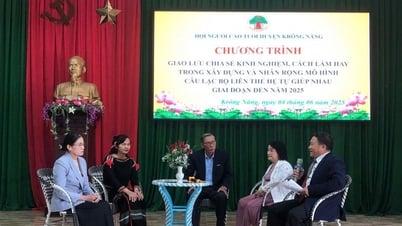

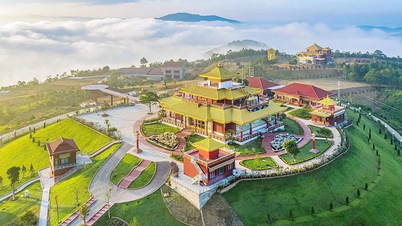




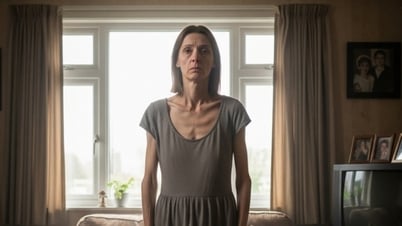





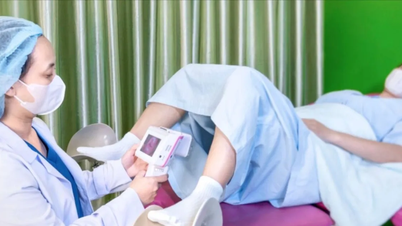







































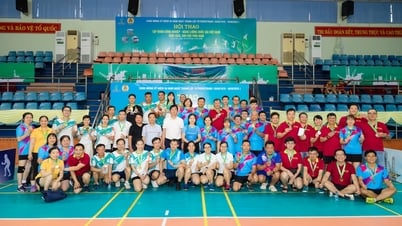

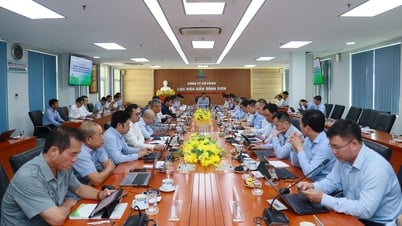

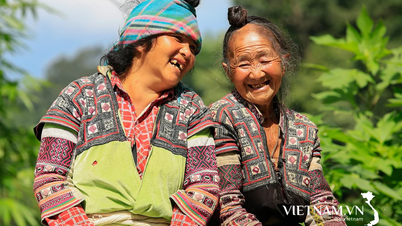
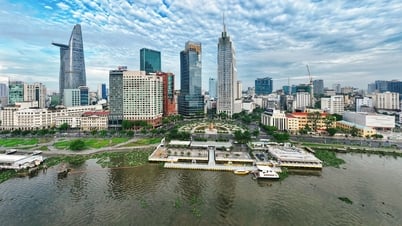


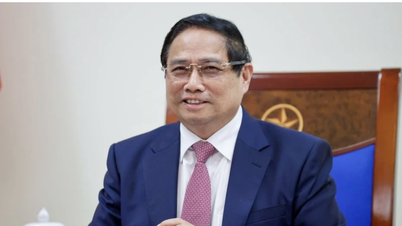

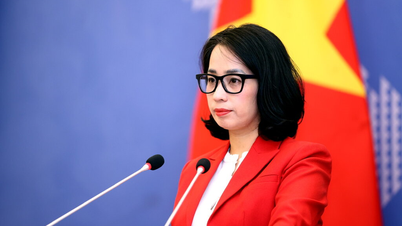

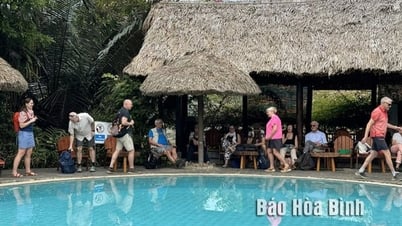



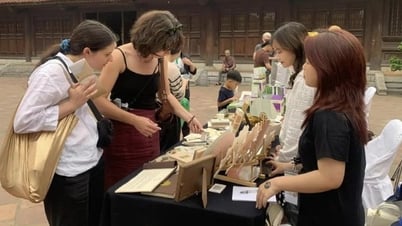

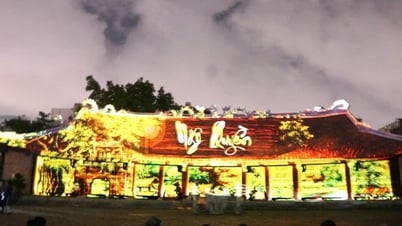

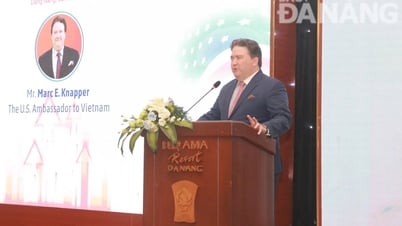

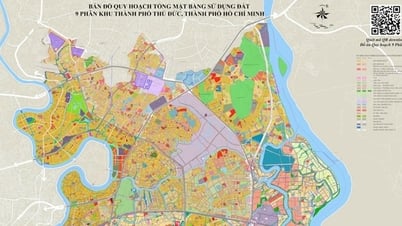









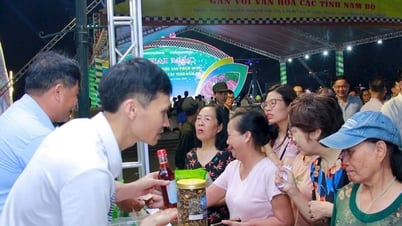




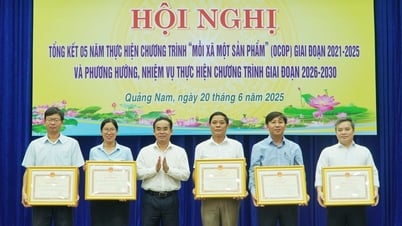

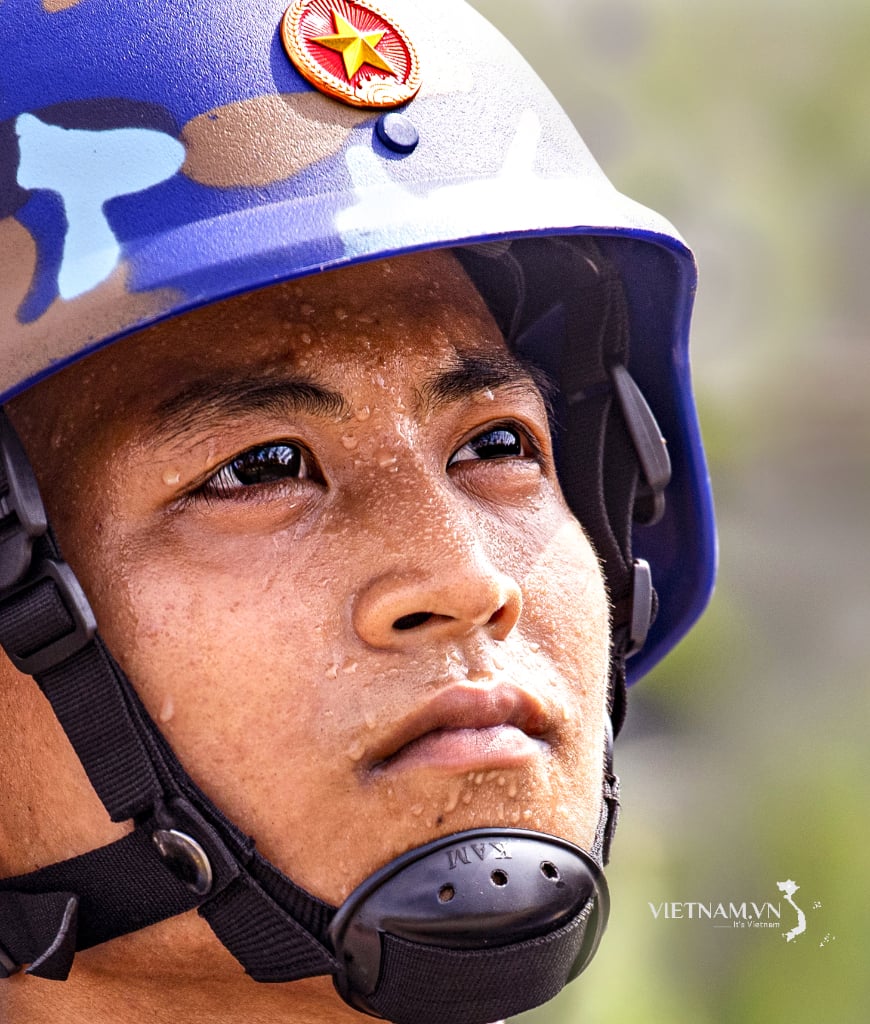


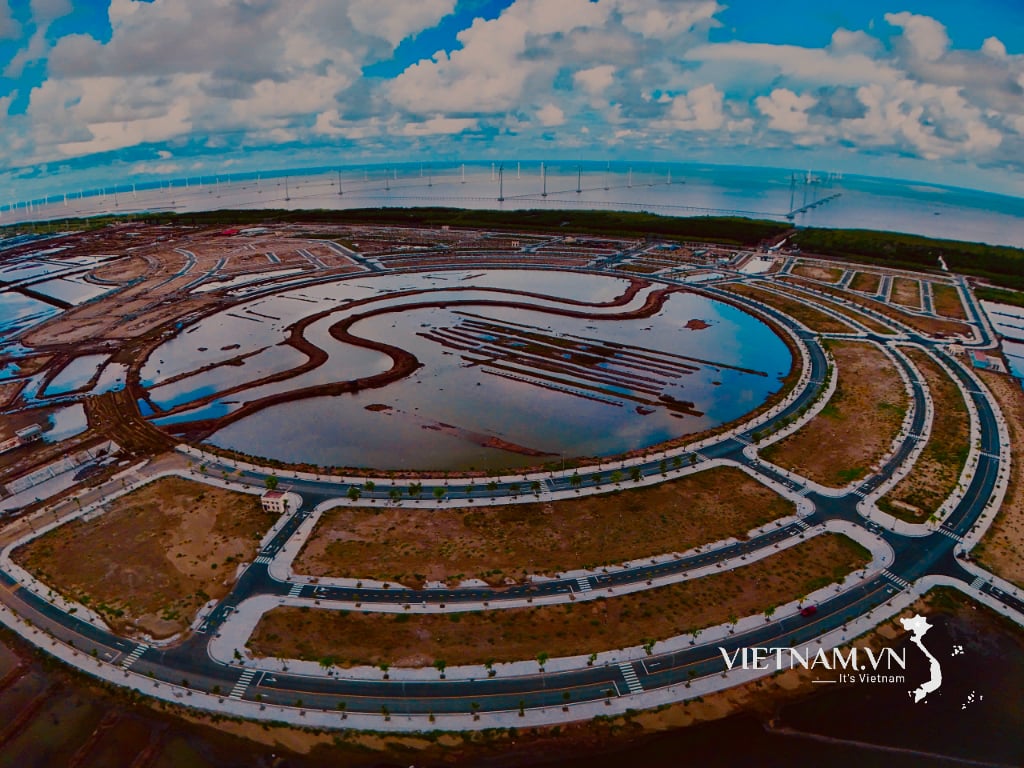
Comment (0)